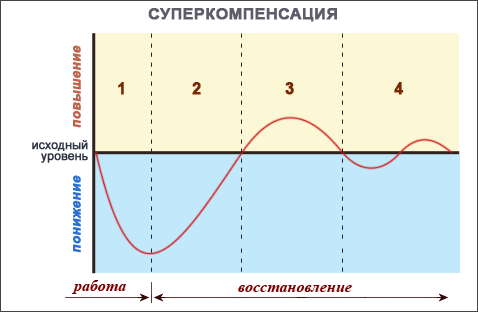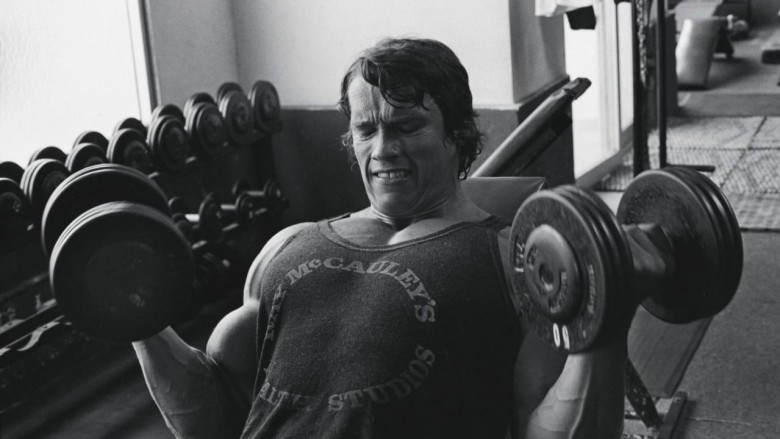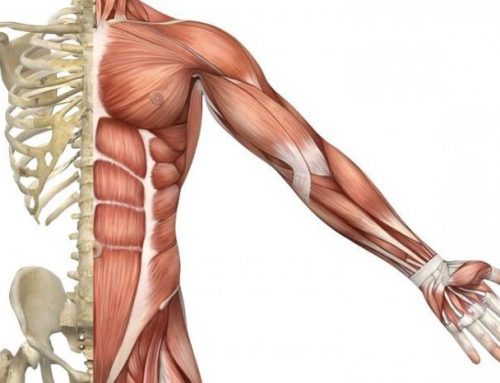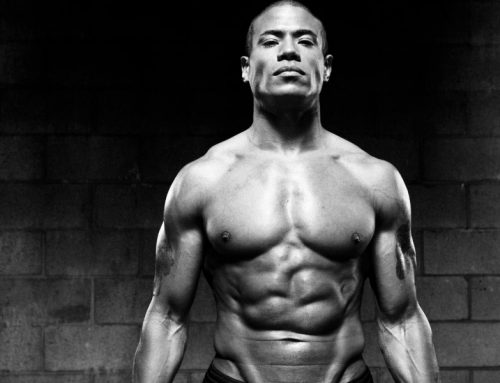As we have already found out, the largest cross-sectional area (diameter) and the greatest potential to increase cross-sectional area are fast-twitch muscle fibers that have glycolytic metabolism. This is why, of all the types of energy supply for muscle contraction discussed earlier, the glycolytic source of ATP reduction is the most important for bodybuilding.
Recall that two types of fast muscle fibers have this metabolism:
– fibers of type FF are fast fibers that possess glycolytic metabolism;
– fibers of FI type – fast, possessing approaching to glycolytic type of metabolism.
Now let’s consider at the expense of what the increase in muscle cross-sectional area occurs. Or, more simply put, by what the thickening of the muscle occurs. A muscle can thicken due to three factors:
1.Thickening of muscle fibers – this phenomenon is called hypertrophy;
2.increase in the number of muscle fibers – this phenomenon is called hyperplasia;
3. an increase in the volume of fluid and energy substances in muscle tissue.
The factor that has the greatest potential in increasing muscle cross-sectional area is muscle fiber thickening – hypertrophy. And the thickening of the muscle fiber itself under the influence of training is due to an increase in the content of structural and contractile proteins in the muscle fiber.
Thus, we can say that in order to increase muscle mass, it is necessary to achieve an increase in the content of structural and contractile proteins in the muscles. The more effectively you influence the process of increasing the amount of proteins in your muscles, the faster you will be able to increase your muscle mass.
And here we come to the key issue of bodybuilding. You might say, the “cornerstone” of bodybuilding. So -The Question of Questions: what is the optimal workout for increasing muscle mass? Without the correct answer to this question, it is impossible to achieve significant success in increasing muscle mass.
Whatever genetics you may have – good or not so good, no matter how you train – natural or “unnatural”, using the most effective methods will allow you to most quickly and fully realize your genetic potential. This is what you need to know and remember. First and foremost – Methodology! All other pharmacological supplements will always remain mere supplements, as they are not able to replace the correct training methodology by themselves.
Now let’s move on to the question of what increases the number of structural and contractile proteins in the muscle fiber. Any training is based on one curious fact: it was once observed that a depleted source of energy supply or traumatized tissue recovers not to the original level, but somewhat more. This phenomenon was called supercompensation or super-recovery.
What does knowledge of this fact give us? First of all, the understanding that in order to ensure an increase in the content of contractile proteins in the muscle, (and as a consequence – an increase in muscle mass), it is necessary to first destroy these proteins.
To emphasize this point once again – to increase the amount of contractile proteins in muscle, you must first break them down. In other words, to put it simply, to increase muscle, you must first decrease it.
At the same time, I would like to point out that there is a deep misconception that muscles grow during exercise. This is absolutely not true! Muscles break down during training, and they grow during rest.
Muscles break down during training, and they grow during rest.
During the recovery of the contractile proteins destroyed after training, there is a phase of over-recovery, that is, an increase in the content of these proteins, which leads to an increase in the cross-sectional area of the muscle.

Supercompensation phenomenon in resting energy recovery:
1 – exhaustion phase ,
2 – recovery phase,
3 – phase of over-recovery,
4 – phase of consolidated state.
-
- The next chapter: 6. Increasing muscle cross-sectional area (Part 2)
- Previous chapter: 4. Energy supply of muscle contraction
- Beginning
The use of materials of the site in printed publications is possible only after obtaining written permission of the author of the site.






